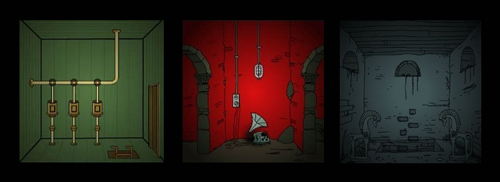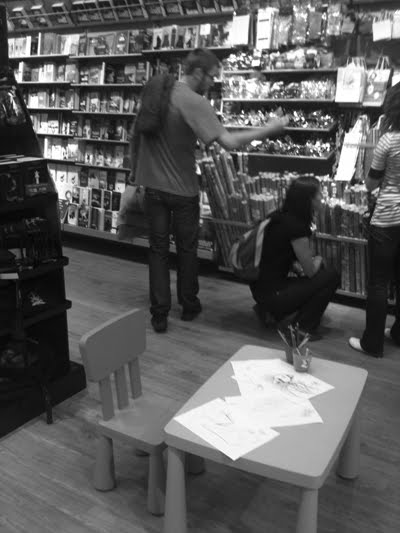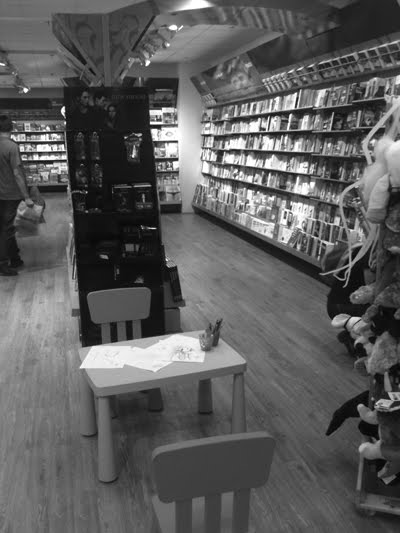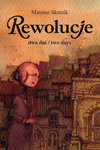Submachine: 32 chambers walkthrough
August 2, 2010
When you star at the right of the “submachine” there a green jade pick it up. Then go left.
Click on the brown box pick up “autumn plate”
Click on the brick wall with the drawing and go in the hole. (pick up the green jade) then go down and right.
In the big room go left and pick up the lever and the green jade.
Go up and pick up the winter plate (on the wall with all the symbols)
Then go right twice (the screen with the big haed. Put the lever into the wall on your right. Pull the lever up. Then go left twice and go down in the hole created by the lever.
Pick up the wooden stick. And go right. On top of the wall there is a wooden bowl pick it up. and go right. It’s written “Air wind and fire dig through sand” So go right and place all the cement box to air wind and fire (in that order) On the Wind one there is a jade on the sand. Pick it up. And on the Fire one click on the wooden box and pick up a round stone. Go left three times and go down once.
Pick un the jade and put the stick into the left wall (the round thing) Pick up the topaz and go down then right. (pick the Jade) and go right twice. You should be in front of a round “face” with a hole in the middle, Put the wooden bowl on the floor in front of the hole and click on the wall sand should come out of the mouth and fill up the bowl.
Pick up the bowl full of sand and go left once. Pour the sand into the goblet of the statue then go left (you should lose the bowl after that. Climb the rope at the top and a bit left you should be able to click to pick up the spring plate, after that go right. In the floor at the right of the wooden prison door there’s Topaz number 2 pick it up. Open the prison’s door (click and drag up) then go right.
On the wall there are two round clickable cement block. Click on the right one until the open spot is in the left and down quadrant (quadrant 3 on a diagram) After that click on the left one until the open spot is on the bottom. Go inside the “prison’s” door and pick up the “stone cone” then go down the ladder. Pick up the weight stone. Then go back up.
Go all the way back where you picked up the wooden bowl there’s a stick on the wall that you can push but it always go back up. Put the weight stone on it and go back where you came from. (now you can go all the way down)
Go down and left pick up the round stone. Go right pick up Jade 7.
Go left twice and click three time on the clickable cement block, go up and push down the white sqare. Go back down and click once on the clickable cement block go all the way back to the big face at the start of the game and put the 2 rounds stones in the eyes. (pick up Topaz three)
Go all the way back at the end and now the door with the three spikes should be open enter it and go left click on the wooden box (pick up topaz 4) There’s a wheel, put the stone cone in it and go right twice. on the wall there’s the plate 4. And completely on the right you can click on the wall to pick up jade 8. Go left climb the stairs. But the 8 Jadeites, the 4 plates in the wheel and turn very slowly each part of the wheel (starting by the plates, then the Jade then the topaz until it click) After that put the four topaz in and turn the middle of the wheel so it is straight.
written by Dave















